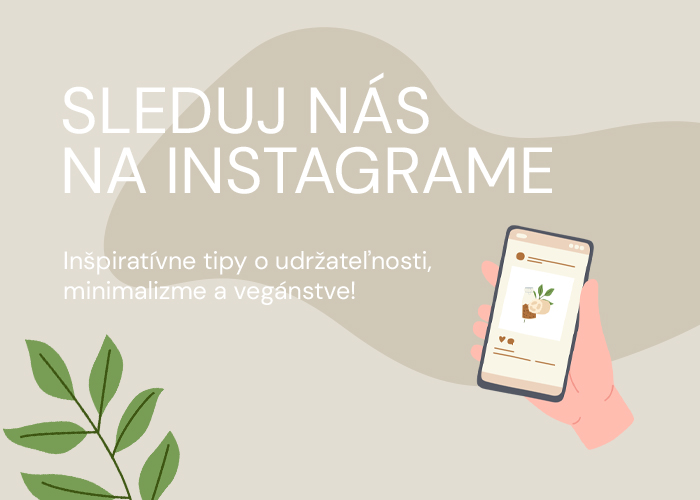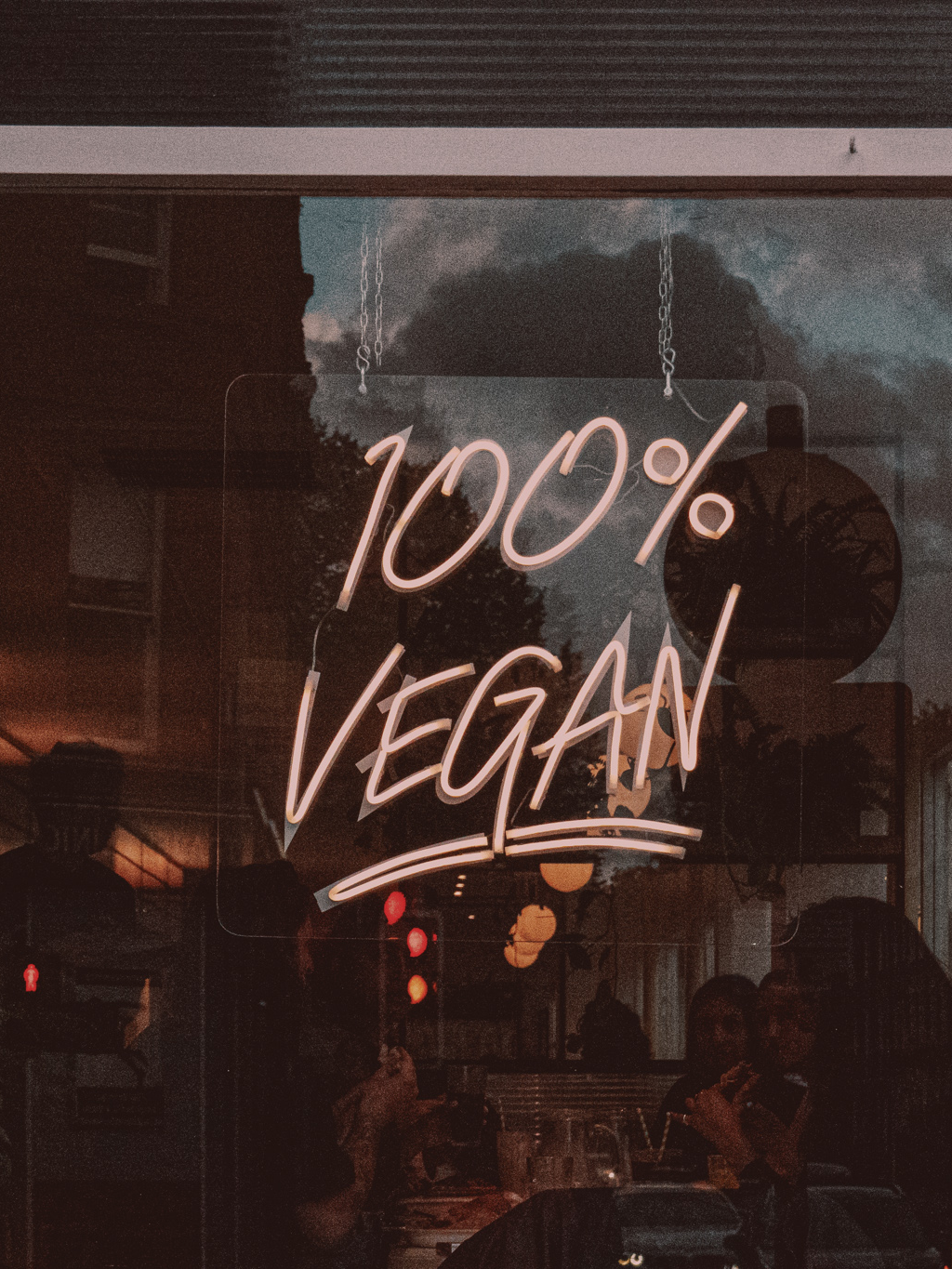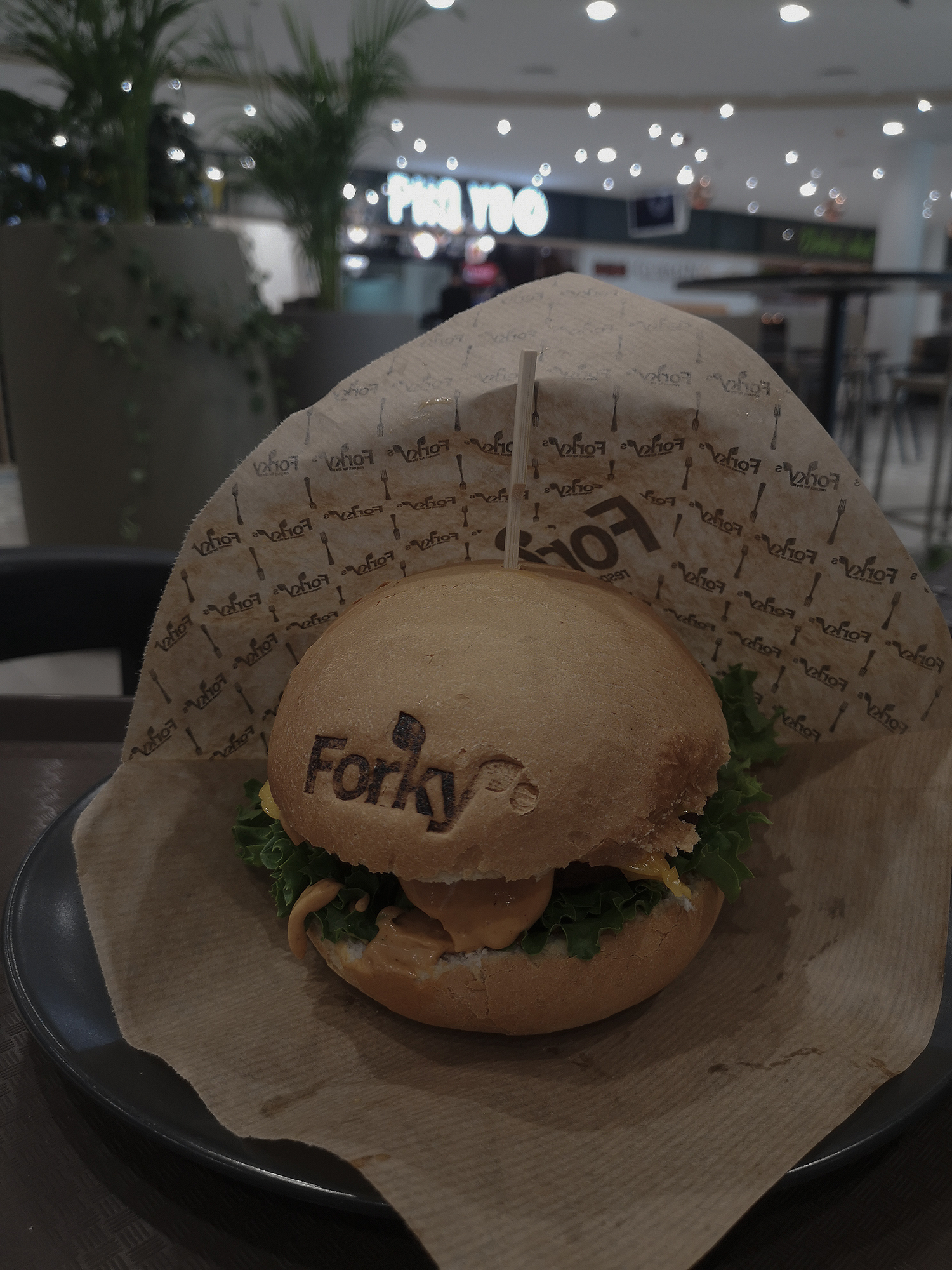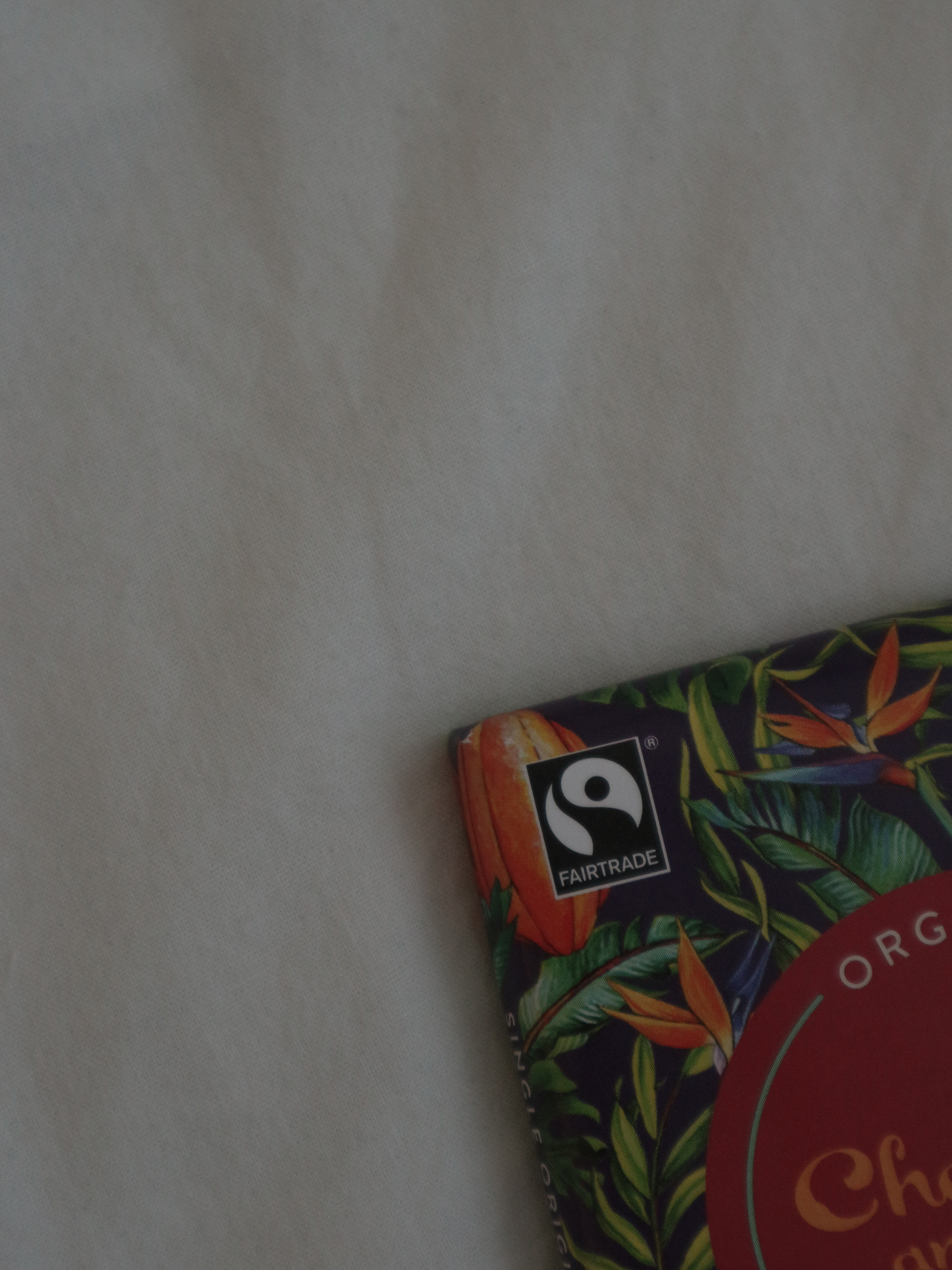
Everyone can understand why vegans don’t eat mat, why they don’t consume milk and dairy products and why they avoid eggs. But many people don’t understand why vegans don’t eat honey either. I mean… the bees produce it for us, don’t they? It’s their only job, they produce a lot of it, it’s delicious, it has been used as a medicine for thousands of years and it mostly, it doesn’t harm them.
To some extent, it’s true. Honey production doesn’t hurt bees in any way. But it hurts them how people treat them.

Honey is a golden-brown liquid produced by honey bees. They visit flowers or trees several times a day, from which they collect nectar and honeydew – nectar is a secretion from flowers, honeydew is found on leaves and pine needles. Bees suck these sugar substances into a special stomach, which doesn’t digest it, where they mix with enzymes that breaks sucrose into glucose and fructose. When the bee returns to the hive, it passes the fluid to the younger bees – which devoured and discharge it several times. Thus, the liquid is mixed with other enzymes and water is evaporated. When “honey” is dense enough (the nectar contains 40-80% water, “honey” only 30%), the bees put it in the honeycomb where it ripens and more water evaporates due to the high temperature in the hive and waving wings. Once its moisture drops below 17%, the bees seal it with a wax cap.
Bees produce honey primarily for themselves. It’s their primary source of nourishment for them to hibernate (because flowers don’t grow in the winter and bees don’t come out of the hive). It contains a lot of sugar, so it gives them the necessary energy, and it’s also a source of nearly two hundred different nutrients for them.
Right at the beginning I will say that not all beekeepers are hurting bees explicitly. In Slovakia, we are used to small-scale honey production – in Slovakia, individuals, or more so families are beekeepers, they own several hives and sell honey at fairs, by the road, in their small village shops or supply them to larger retailers. They care for bees, practise this craft generation by generation, and also help Slovak agriculture.
But that doesn’t change some of the facts I will present in this article. And it doesn’t change the fact that the considerable amount of honey we consume comes from wholesalers, where it’s no longer so nice and great; it doesn’t change that many owners of bees intentionally hurt them – and I’ll explain why. There’re several reasons why vegans don’t eat honey; and the main is that it’s an animal product. And before you start rolling your eyes, I’d like to remind you that vegans don’t eat animal products not because they have just thought to do so, but because people have absolutely no right for something that belongs to animals (or what an animal IS) because they are self-existing creatures that people only use for their profit.

People hurt the bees more than you think. Sometimes, of course, it’s unintentional, but it’s often deliberate and has a single goal – laziness. The sale of honey is now business like any other. And the more honey, the more money.
I don’t know about you, but when by a “beekeeper” I think of a sweet grandpa, who puts a mesh cap on his head, takes a honeycomb from the hive, scraps the honey – and then sells it at the market. I’m not saying that this grandpa-beekeeper doesn’t love his bees – but sometimes he can’t avoid hurting them.
When beekeepers collect honeycombs from their hives, they must first smoke the hive. It’s so that the bees don’t sting them. The smoke evokes a forest fire – so bees “suck” as much honey as possible so that the hive doesn’t burn out with all their supplies, and since they’re distracted, they don’t perceive what is happening around them. In addition to the fact that many bees die when they breathe too much smoke, the whole process is quite stressful (it’s basically the same as if someone put smoke into your home – you’d panic, too). Some bees will die when the honeycombs are removed from the hive – the combs are very close to each other, the bees are flying around and it happenes, that the comb squeeze them to death.
As I said, selling honey is a business. And although I’d be quite surprised if even the Slovak beekeepers were practicing these ways, it doesn’t change the fact that it happens – and I’m telling you this because even the honey you buy in the supermarket that has “produced in the EU” written on it, can be a product of bees that haven’t been cared for in a nice way.
I’m talking about starving bees and burning hives. First of all, beekeepers cannot take all honey from the bees, because it’s their food. That’s why they often replace it with a similar but cheap alternative – sugar water. However, it has absolutely no benefits (except for energy) for the bees; and so-fed bees have shrunk stomachs, weakened immune systems, and are more prone to pesticides, leading to their extinction. However, this is not all yet – if it’s not advantageous for the beekeeper to take care of the hive even in the winter, he either starves the bees or burns the whole hive.
However, let’s go to practices that are also used by beekeepers in Slovakia.
The first is cutting the queen’s wings. This is to help prevent swarming – the natural multiplication of bee colonies when the swarm leaves its original home and moves to a new place. The swarm follows its queen – and when the queen has her wings cut, she cannot take off, and thus cannot move to another place.
The first is cutting the queen’s wings. This is to help prevent swarming – the natural multiplication of bee colonies when the swarm leaves its original home and moves to a new place. The swarm follows its queen – and when the queen has her wings cut, she cannot take off, and thus cannot move to another place.
Another cruel and inhumane practice is violent artificial insemination. If you no longer remember the basics from biology, the queen bee is the only one in the hive who can lay eggs – the new queen bees fly out of the hive, mate with ten to fifteen drones, and they gradually use the sperm they store in the body for the next five years; and she can lay up to two thousand eggs a day. The reason for artificial insemination is simple – control. It also has its own advantages – such breeding makes bees more resistant to pesticides and parasites, but the process is very unpleasant, even disgusting. And the drones used are – of course – killed after the “material” is taken.
The necessity of controlling the hive is exactly what leads to targeted killing. When the production of eggs of the bee queen decreases, the beekeeper replaces it with a new one as the productivity of the whole hive is reduced. The old queen will be replaced by the new often after two years. And they will kill the old queen. Or the whole hive will burn.

Cruel is also obtaining the bee venom. It’s used in alternative medicine and can have positive effects on improving rheumatism, sclerosis, swelling or inflammation. The worker bees are irritated by an electric shock, which makes them sting and leave a drop of venom on the prepared glass. While it’s true that not every bee will die after stinging, and the current process of collecting poison is trying to prevent massive dying of bees by letting them sting into a softer material, the bee is able to retract the sting, but it’s not perfect, and many bees die anyway.
You’ve certainly heard of a royal jelly and its excellent qualities. The royal jelly is a bright secretion of the glands of young bees, which basically makes a bee queen a bee queen (of course, genetic assumption is also important) – and gives it the ability to live longer than other bees and lay a huge amount of eggs. It’s only collected by beekeepers who focus on breeding queen bees. They take out a few-day larva from the honeycomb cell, which – of course – dies, and take the royal jelly.
Even the bee queens shop is not very nice – and in Slovakia you can buy it via the internet. And they will deliver it to you by mail.

Can you imagine we would treat people this way? That we would smoke out their houses to steal their food? Cut off their legs so they couldn’t go anywhere? Fertilize them without their knowledge? Shock them with slectricity? Massively kill unborn children for a few drops of some substance? And send children to each other by mail?
Bees and beekeeping are very important for agriculture. Although the bees collect nectar to feed themselves, they also pollinate flowers and trees. And the vegans are not against stopping people from caring for bees – thanks to people’s help they have better protection.
Vegans are against the exploitation of bees – taking honey that honey bees create for themselves and not for humans. They are against the inhuman and vile ways that hurt and kill them.
Finally, I will say that there’s a big difference between deliberate and unconscious killing. Each of us has already killed hundreds of ants and other insects on earth – even vegans. Insects die when crops are harvested. But there’s a huge difference between stepping on ants by mistake and burning out a hive just because you don’t want to take care of bees in winter.

Všetci vedia pochopiť, prečo vegáni nejedia mäso, prečo nekonzumujú mlieko a mliečne výrobky a prečo sa vyhýbajú vajciam. No mnoho ľudí nechápe, prečo vegáni nejedia ani med. Veď ten produkujú včielky pre nás, nie? Je to ich jediná robota, vyprodukujú ho veľa, je vynikajúci, už tisícročia sa používa ako liek, a hlavne im to neubližuje.
Do istej miery je to pravda. Produkcia medu včelám nijakým spôsobom neubližuje. No ubližuje im to, ako sa k nim správajú ľudia.

Med je zlatohnedá tekutina, ktorú vyrábajú včely medonosné. Tie niekoľkokrát denne navštevujú kvety alebo stromy, z ktorých zbierajú nektár a medovicu – nektár je výlučok z kvetov, medovica sa nachádza na listoch a ihličí. Včely tieto cukrové látky nasajú do medového vačku (“špeciálny” žalúdok, ktorý ale netrávi), kde sa im mieša s enzýmami, ktoré štiepa sacharózu na glukózu a fruktózu. Keď sa včela vráti do úľa, odovzdá tekutinu mladším včelám – ktoré ju niekoľkokrát zhltnú a vyvrhnú. Takto sa tekutina mieša s ďalšími enzýmami a odparuje sa voda. Keď je “med” dostatočne hustý (nektár obsahuje 40-80% vody, “med” iba 30%), včely ho uložia do plástu, kde dozrieva a vďaka vysokej teplote v úli a mávaniu krídel sa odparí ďalšia voda. Len čo jeho vlhkosť klesne pod 17%, včely ho zapečatia voskovým viečkom.
Včely produkujú med v prvom rade pre seba. Je to pre nich primárnym zdroj výživy, vďaka ktorému môžu prezimovať (pretože v zime nerastú kvety a včely teda veľmi nevychádzajú z úľa). Obsahuje veľa cukru, preto im dodáva potrebnú energiu, a tiež je pre nich zdrojom takmer dvesto rôznych živín.
Hneď na začiatku poviem, že nie všetci včelári včielkam vyslovene ubližujú. Na Slovensku sme zvyknutí na malochov a malovýrobu medu – u nás sa včelárstvu venujú skôr jednotlivci, respektíve rodiny, ktoré vlastnia niekoľko úľov a med predávajú na jarmokoch, pri cestách, v svojich dedinských obchodíkoch alebo ho dodávajú väčším predajcom. O včely sa starajú, toto remeslo si predávajú z generácie na generáciu, pomáhajú aj slovenskému poľnohospodárstvu.
No to nemení niektoré fakty, ktoré vám v tomto článku predstavím. A nemení to ani to, že značné množstvo medu, ktoré konzumujeme, pochádza od veľkochovateľov, kde to už nie je také pekné a ružové; nemení to to, že aj mnohí majitelia včelám zámerne ubližujú – a vysvetlím prečo. Celkovo dôvodov, prečo vegáni nejedia med, je viacero; a hlavným je to, že je to živočíšny produkt. A pred tým, než začnete pretáčať očami by som rada pripomenula, že vegáni nejedia živočíšne produkty nie preto, lebo si to tak vymysleli, ale preto, že ľudia nemajú absolútne žiaden nárok na niečo, čo patrí zvieratám (alebo čo JE zviera), lebo sú to samostatne existujúce tvory, ktoré si len ľudia privlastnili kvôli vlastnému profitu.

Včelám ubližujú viac, než by ste si mysleli. Niekedy je to, samozrejme, neúmyselné, no často je schválne a má jediný cieľ – lenivosť. Predaj medu je dnes biznis ako každý iný. A čím viac medu, tým viac peňazí.
Neviem ako vy, ale ja si pri pojme “včelár” predstavím milého deduška, ktorý si na hlavu nasadí čiapku so sieťou, z úľa vyberie plást, zoškriabe med – a ten potom predáva na tržnici. Nehovorím, že tento deduško-včelár svoje včielky nemiluje – no aj tak sa niekedy nevyhne ubližovaniu.
Keď včelári vyberajú z úľov plásty, musia najprv celý úľ vykúriť. Je to preto, aby ich včely nedobodali. Dymák evokuje lesný požiar – včely preto “nacucajú” čo najviac medu, aby im nezhoreli všetky zásoby, a keďže sú rozptýlené, veľmi nevnímajú, čo sa deje okolo nich. Okrem toho, že mnohé včely umrú, keď sa nadýchajú priveľkého množstva dymu, je celý tento proces dosť stresujúci (je to v podstate to isté, ako keby vám odrazu niekto domov nafúkal dym – tiež by ste spanikárili). Niektoré včely umrú aj pri vyberaní plástov z úľa – plásty sú vo veľmi tesnej blízkosti, včely poletujú kade-tade a stáva sa, že plást nejakú zapučí.
Ako som už hovorila, predaj medu je biznis. A hoci by som bola celkom prekvapená, keby aj slovenskí včelári praktizovali tieto spôsoby, nič to nemení na tom, že sa to deje – a do povedomia vám to dávam preto, lebo aj med, ktorý kúpite v supermarkete a je na ňom napísané iba “vyrobené v EÚ”, môže byť produktom včiel, o ktoré sa nestarali práve ukážkovo.
Hovorím o vyhladovaní včiel a vypaľovaní úľov. V prvom rade – včelári nemôžu včelám zobrať úplne všetok med z úľa, keďže je ich potravou. A preto ho často nahrádzajú podobnou, no lacnou alternatívou – cukrovou vodou. Tá však pre včely nemá absolútne žiadne benefity (okrem energie); a takto prikrmované včely majú scvrknuté žalúdky, oslabený imunitný systém a sú náchylnejšie na pesticídy, čo vedie k ich vymieraniu. To však ešte nie je koniec – ak pre včelára nie je výhodné starať sa o úľ aj v zime, buď nechá včely vyhladovať alebo celý úľ vypáli.
Prejdime však na praktiky, ktoré využívajú aj včelári na Slovensku.
Hneď prvou je zastrihávanie krídel kráľovnej. To má pomôcť predísť rojeniu – prirodzenému rozmnožovaniu včelstiev, kedy roj opustí svoje pôvodné bydlisko a presunie sa tak na nové miesto. Roj nasleduje svoju kráľovnú – a keď má kráľovná zastrihnuté krídla, nemôže vzlietnuť, a teda sa nemôže premiestniť na iné miesto.
Hneď prvou je zastrihávanie krídel kráľovnej. To má pomôcť predísť rojeniu – prirodzenému rozmnožovaniu včelstiev, kedy roj opustí svoje pôvodné bydlisko a presunie sa tak na nové miesto. Roj nasleduje svoju kráľovnú – a keď má kráľovná zastrihnuté krídla, nemôže vzlietnuť, a teda sa nemôže premiestniť na iné miesto.
Ďalšou krutou a nehumánnou praktikou je násilné umelé oplodňovanie. Ak si už nepamätáte základy z biológie, tak včelia kráľovná je jediná v úli, ktorá vie klásť vajíčka – nová včelia kráľovná vyletí z úľa, spári sa s desiatimi až pätnástimi trúdmi, a spermie, ktoré si uloží v tele, postupne využíva najbližších päť rokov; a denne vie naklásť až dvetisíc vajíčok. Dôvod umelého oplodňovania je jednoduchý – kontrola. Má to aj svoje isté výhody – takýmto šľachtením sú včely odolnejšie voči pesticídom a parazitom, ale celý proces je veľmi nepríjemný, až nechutný. A použité trúdy sú – samozrejme – po odobratí “materiálu” zabité.
Práve nutnosť kontroly nad úľom vedie aj k cielenému zabíjaniu. Keď sa produkcia vajíčok včelej kráľovnej zníži, včelár ju nahradí novou, lebo sa zníži produktivita celého úľa. Starú kráľovnú nahradí nová často už aj po dvoch rokoch. A starú kráľovnú zabijú. Alebo celý úľ vypália.

Kruté je aj získavanie včelieho jedu. Ten sa používa v alternatívnej medicíne a môže mať pozitívne účinky na zlepšenie reumatizmu, sklerózy, opuchov alebo zápalov. Včely-robotnice sú dráždené elektrickým prúdom, ktorý ich prinúti bodnúť a na pripravenom skle zanechajú kvapku jedu. Je síce pravda, že nie každá včela zahynie po uštipnutí a súčasný proces zbierania jedu sa snaží zabrániť hromadnému umieraniu včiel tým, že ich nechá uštipnúť do mäkšieho materiálu, a tým je včela schopná žihadlo naspäť zasunúť, no nie je dokonalý, a mnoho včiel aj tak uhynie.
O materskej kašičke a jej vynikajúcich vlastnostiach ste už určite počuli. Materská kašička je svetlý výlučok žliaz mladých včiel, ktorý v podstate robí z včelej kráľovnej včeliu kráľovnú (samozrejme, dôležitý je aj genetický predpoklad) – a dáva jej schopnosť žiť dlhšie ako iné včely a klásť obrovské množstvo vajíčok. Zbierajú ho iba včelári, ktorí sa sústredia na chov včelích kráľovien. Z bunky plástu vyberú niekoľkodňovú larvu, ktorá – samozrejme – zahynie, a odoberú materskú kašičku.
Ani obchod s včelími kráľovnami nie je veľmi pekný – a aj na Slovensku si ju môžete kúpiť cez internet. A doručia vám ju poštou.

Viete si predstaviť, že by sme takto zaobchádzali s ľuďmi? Zadymovali im domy, aby sme im mohli ukradnúť jedlo? Odrezávali im nohy, aby nikam nemohli ujsť? Umelo ich oplodňovali bez ich vedomia? Zasahovali elektrickým prúdom? Hromadne zabíjali nenarodené deti pre pár kvapiek akejsi látky? A posielali si medzi sebou deti poštou?
Včely a chovanie včiel je veľmi dôležité pre poľnohospodárstvo. Včely síce zbierajú nektár preto, aby z neho mali potravu, ale zároveň opeľujú kvety a stromy. A vegáni nie sú proti tomu, aby sa ľudia prestali o včely starať – práve vďaka pomoci ľudí majú väčšiu ochranu.
Vegáni sú proti vykorisťovaniu včiel – teda odoberaniu medu, ktorý si vytvárajú včely pre seba, a nie pre ľudí. Sú proti neľudským a odporným spôsobom, ktoré im ubližujú a zabíjajú ich.
A na záver ešte poviem toľko, že je dosť veľký rozdiel medzi úmyselným a nevedomým zabíjaním. Každý z nás zabil už stovky mravcov a kadejakých chrobákov na zemi – aj vegáni. Hmyz umiera aj pri zbere plodín a žatve. No je obrovský rozdiel medzi tým, keď omylom stúpite na mravca a vypálite úľ len preto, že sa vám v zime nechce o včely starať.





